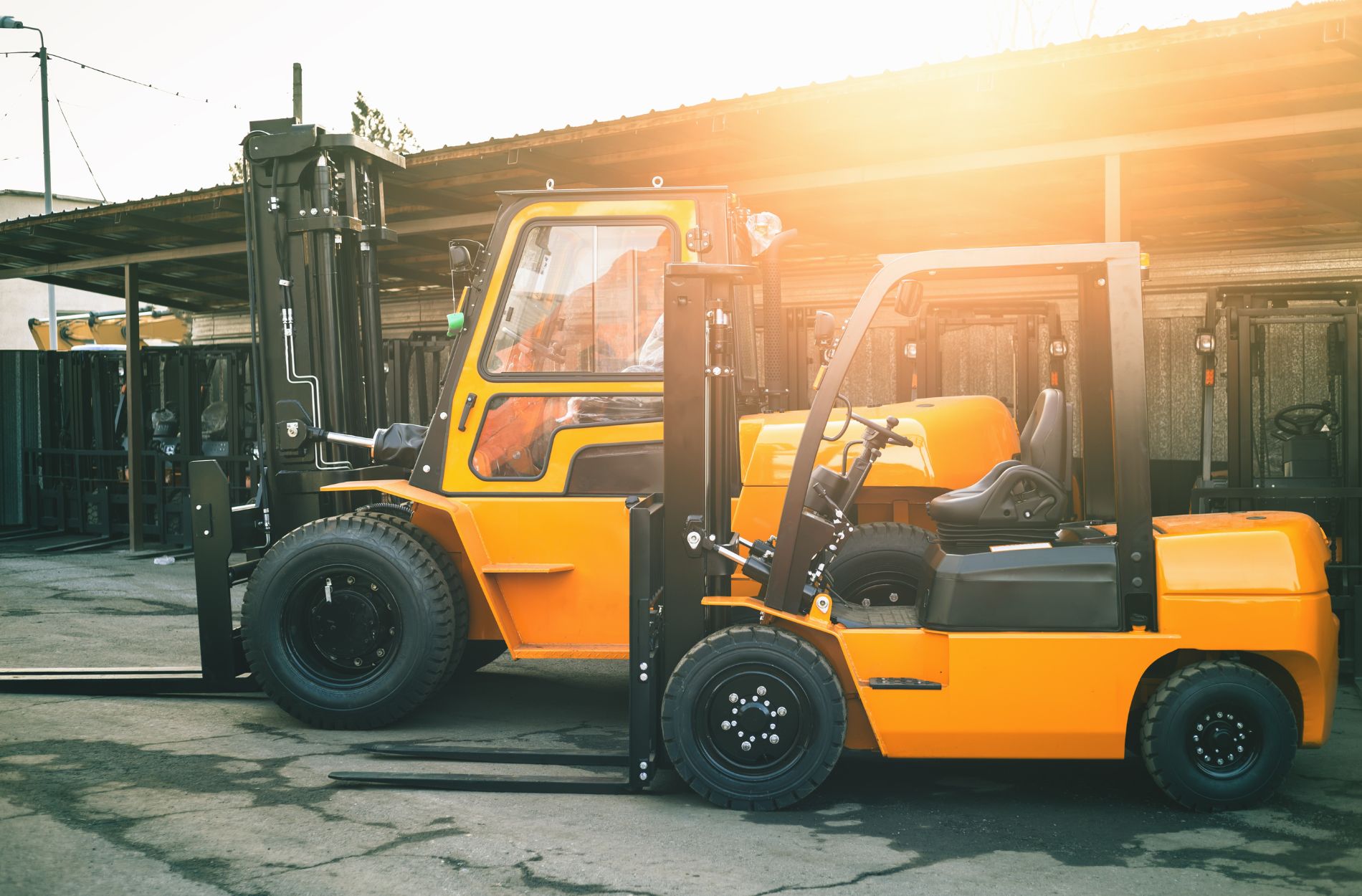
In an increasingly competitive and fast-paced business environment, small businesses must continuously innovate and adapt to stay ahead of the curve. Whether it’s upgrading outdated machinery, implementing new technology, or investing in specialized equipment to improve operations, the need for state-of-the-art tools and machinery is essential for businesses looking to grow and succeed. However, acquiring the equipment that businesses need can be a significant financial challenge, particularly for small businesses with limited capital resources. Equipment leasing offers a viable and cost-effective solution to address this challenge, enabling small businesses to access the equipment they need to thrive without incurring substantial upfront costs.
In this blog post, we will delve into the world of equipment leasing, exploring its core benefits and discussing the factors to consider when evaluating this financial solution for your small business. From conserving capital and improving cash flow to staying up-to-date with industry advancements and securing tax advantages, equipment leasing offers multiple benefits that can help your small business achieve operational efficiency and maintain a competitive edge.
As specialists in the field of business financing, our goal is to help small business owners make informed decisions about the financial resources available to them, empowering them to drive their businesses forward. Join us as we navigate the world of equipment leasing and uncover how this innovative financing solution can help you bring your small business to new heights of success and efficiency.
Benefits of Equipment Leasing for Small Businesses
There are numerous advantages to equipment leasing for small businesses, including:
Capital Conservation
One of the primary benefits of equipment leasing is capital conservation. By leasing rather than purchasing equipment outright, small businesses can preserve their valuable capital and allocate it towards other essential investments, such as marketing, employee training, or product development.
Improved Cash Flow Management
Equipment leasing can also contribute to better cash flow management, as it eliminates the need for large upfront expenses associated with equipment acquisition. Instead, businesses can establish predictable monthly payments, streamlining their budgeting and financial planning processes.
Access to the Latest Equipment and Technology
Leasing arrangements allow small businesses to stay up-to-date with the latest equipment and technologies, helping them maintain a competitive edge in their industry. This is especially important for businesses operating in fast-paced, innovation-driven sectors where equipment can quickly become obsolete.
Tax Advantages
Depending on the specific terms of the leasing agreement, businesses may be able to claim tax deductions for lease payments. This can contribute to lower overall costs associated with acquiring and maintaining the equipment. Be sure to consult with a tax expert or financial advisor to better understand the potential tax advantages of equipment leasing for your business.
Factors to Consider When Evaluating Equipment Leasing Options
When evaluating the feasibility and suitability of equipment leasing for your small business, consider the following factors:
Leasing Terms and Conditions
Take the time to understand the terms and conditions of your potential leasing agreement, including the duration of the lease, any buyout options, and payment terms. Ensure that the leasing terms align with your business’s financial capabilities and long-term equipment needs.
Equipment Lifespan and Maintenance
Evaluate the anticipated lifespan and maintenance requirements of the equipment you’re interested in leasing. Consider whether the costs and responsibilities associated with maintaining the equipment will outweigh the benefits provided by leasing it.
Industry Trends and Technological Growth
Be aware of the latest trends and technological advancements within your industry that may affect the equipment you’re considering leasing. Ensure that the equipment will remain relevant and effective throughout the lease term and will support your long-term business objectives.
How to Choose the Right Equipment Leasing Solution for Your Small Business
With several equipment leasing options available, finding the ideal solution for your business’s specific needs and goals can be challenging. Consider the following steps when selecting an equipment leasing provider:
Assess Your Needs and Objectives
Begin by analyzing your business’s equipment needs and goals, considering factors such as equipment lifespan, maintenance requirements, and industry trends.
Research Potential Leasing Providers
Research reputable equipment leasing providers that cater to your industry and have a proven track record of success with similar businesses. Look for providers that offer transparent pricing, flexible terms, and exceptional customer support.
Compare Leasing Options
Compare the various leasing options available to you, evaluating factors such as leasing terms and conditions, costs, and potential tax advantages.
Consult with a Financial Advisor
Reach out to a financial advisor or consultant to help you assess the potential long-term financial implications of equipment leasing for your small business and guide you in making an informed decision.
Conclusion
Equipment leasing offers numerous benefits for small businesses seeking to improve operational efficiency, conserve capital, and maintain a competitive edge. By understanding the advantages of equipment leasing and carefully considering the factors involved in selecting the right solution, small businesses can optimize their financial resources and achieve long-term success. Contact Total Merchant Resources today to learn more about how we can help you navigate the world of equipment leasing and find the ideal business loan solution to boost your small business’s efficiency and growth.



